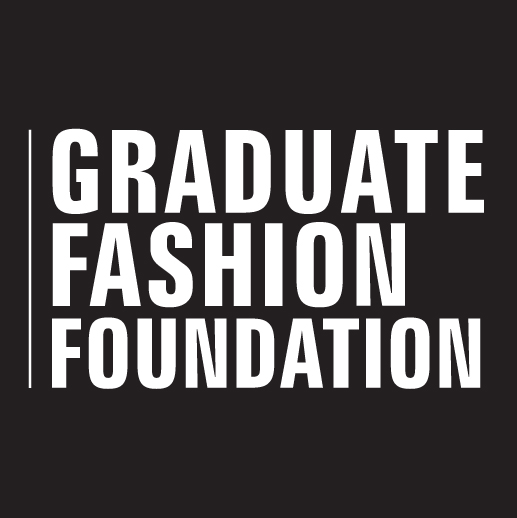Meet Taneshe Oliver-Lodge, winner of the Fashion Concept Award at GFW22. Tanashe attended the Cambridge School of Visual & Performing Arts, studying for a BA in fashion.
How do you feel about winning a GFW22 award?
I still feel the same sense of shock as when my name was announced at the award ceremony! I'm so happy to be shortlisted for 3 awards and recognised for the depth and research behind my collection by winning the Fashion Concept Award. It's the icing on the cake to the end of studying BA Fashion and also made me more confident in my abilities as a designer.
What was the inspiration starting point for your award-winning FMP?
My research and concept development were informed by my own family narratives, our photos and material culture – our home and the things that surrounded me throughout my youth. Inspired by the curator Michael McMillen’s ‘West Indian Front Room’ at The Museum of the Home, which considered the centrality of home within the migrant experience, I drew on the material culture of my heritage as a young Black British woman, whose family migrated from Jamaica to Britain in the 1950s. Our heritage was ingrained in the decoration of our home.
It gave us a sense of both belonging and difference - of love, respect and pride. I aimed to capture this essence in my collection from my initial research right through to the fabrication; with the integration of family portraits in the prints; with silhouettes that spoke of the desire for respectability and acceptance; even the gentility of the antimacassars of my grandmother’s living room have been lovingly transposed into my garments.
What skills did you learn and develop during the production of your FMP?
Throughout the process of creating my collection ‘Daughters of the Diaspora’ I’ve grown as both a designer and pattern cutter. I now consider each and every decision from the trims and buttons on a shirt to the weight and how a fabric will drape and create different silhouettes. I was also had the opportunity to explore different areas such as creating digital prints of family portraits and using beading as an embellishment.
What were some challenges that you faced in producing your FMP and how did you overcome these?
One of the main challenges I faced when creating my collection was predicting how long it would take to make a garment from pattern cutting to constructing the garment especially with a complicated pattern. However, time management and ordering trims in advanced helped to ensure all garments were made in time!
Are there any messages or major themes in your FMP that you want people to take away? If so, how did you choose to communicate them?
As my research and collection developed it was informed by my growing understanding that respect for black women is conditional. It is centred around a woman’s ability to earn kindness and respect by adhering to the expected respectability politics through both the clothed body and making of the domestic space. I recognise the positionality of black women, how the migrant experience demands they carve out and create their own spaces, particularly through homemaking and dress; to express but also situate themselves. This search for belonging propels and informs my collection, it is both personal and yet universal – it responds to the experience of using material culture to achieve a sense of belonging.
I aimed to capture this essence in my collection from my initial research right through to the fabrication; with the integration of family portraits in the prints; with silhouettes that spoke of the desire for respectability and acceptance; even the gentility of the antimacassars of my grandmother’s living room have been lovingly transposed into my garments.
What is an aspect of the fashion industry that you want to help improve or have a positive impact on?
I would like to see the Fashion industry become more diverse and inclusive to people of all backgrounds not just through a diverse casting of models but also the people that work for brands. Through providing mentorship for people of ethnic minorities I will be able to guide them on their journey to pursue higher education and a career within the field of creative arts.
What form does your FMP take?
My FMP is a clothing collection of 5 looks with some outfits consisting of over 5 garments layered with complimenting tones and textures.
I also created a complimenting lookbook by collaborating with a photographer and visual communicator to both illustrate and contextualise my final collection and show the importance of domestic space in creating a sense of belonging for the West Indian Diaspora.
To create my fabric palette I chose to source fabric that resembled domestic interior from jacquard similar to curtains to crochet doilies that imitated antimacassars used on the back of sofas in my Great Grandma’s West Indian front room.
What are your plans for the near future now that you've finished your BA?
I started a graduate job the week after Graduate Fashion Week working as a Quality Control Assistant for a Luxury Fashion Brand. I plan to start my own made-to-order label 'Taneshe' and launch next year whilst also continuing to mentor and provide guidance to students.
I would also like to continue collaborating with creatives such as photographers, creative directors and visual communicators to bring my designs to life.









